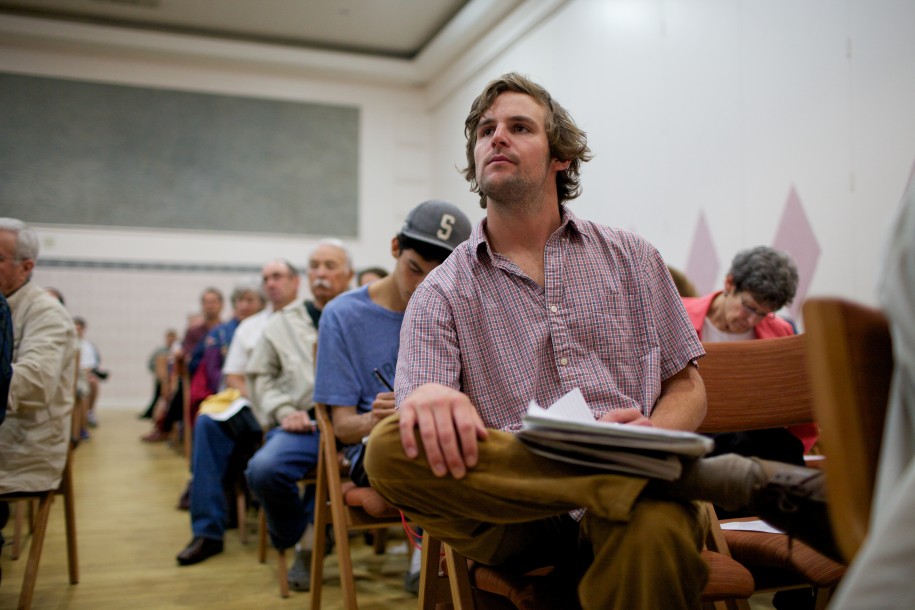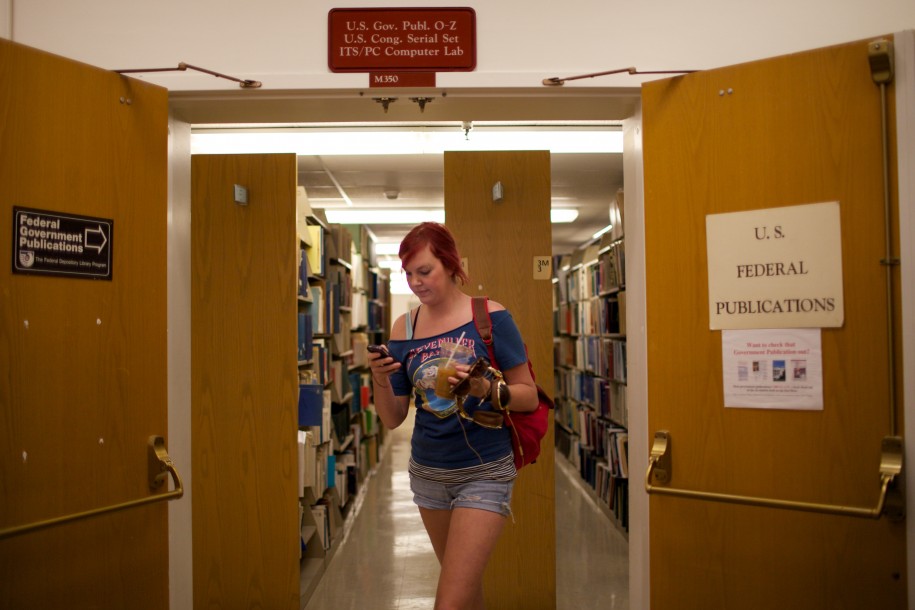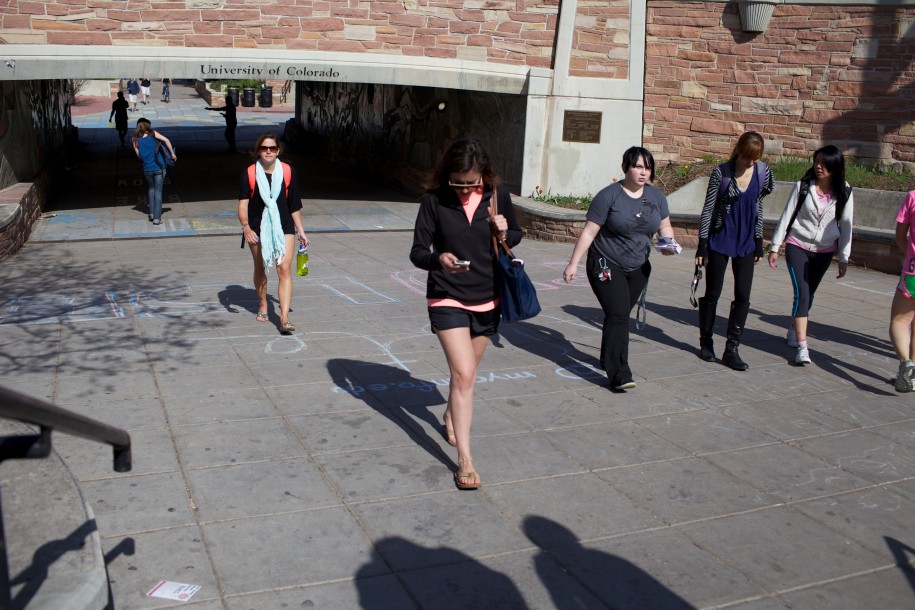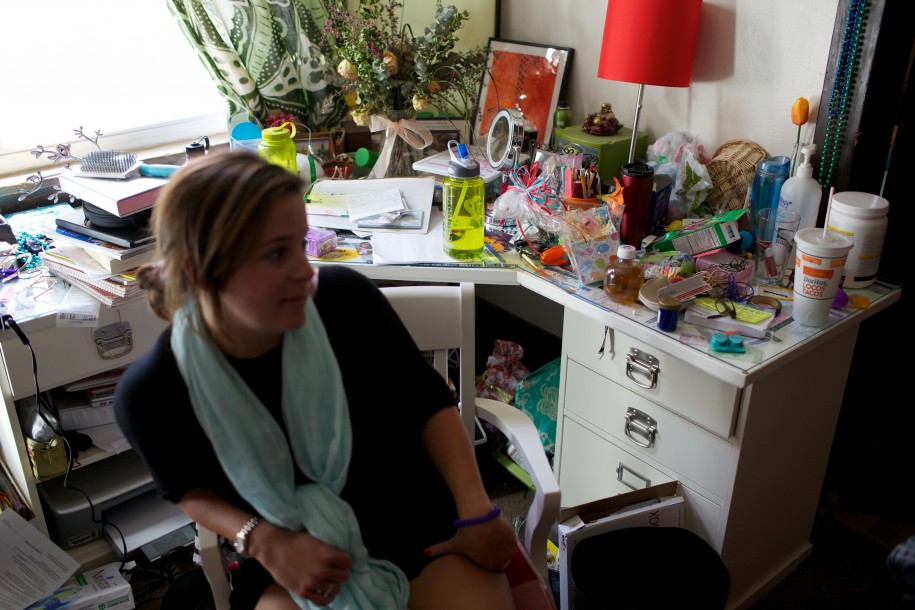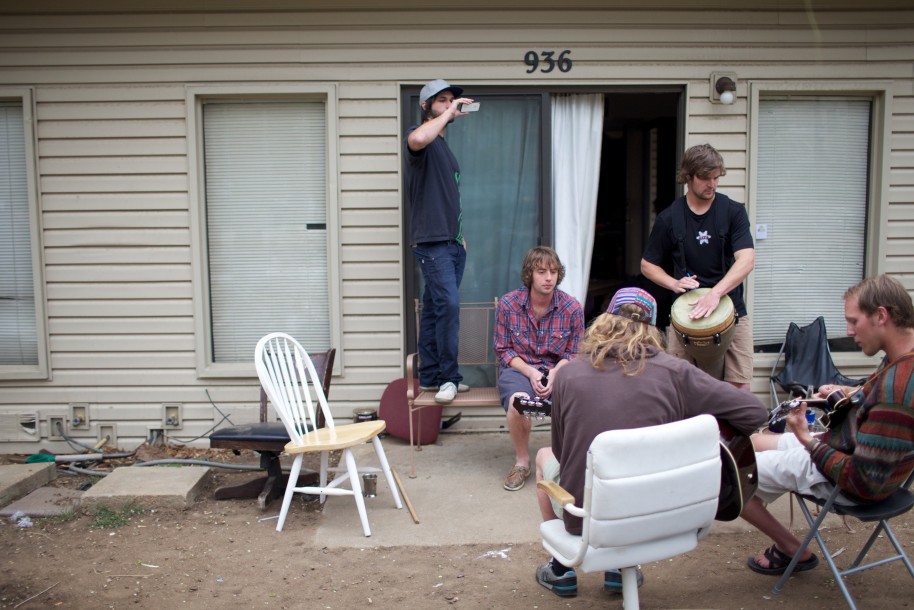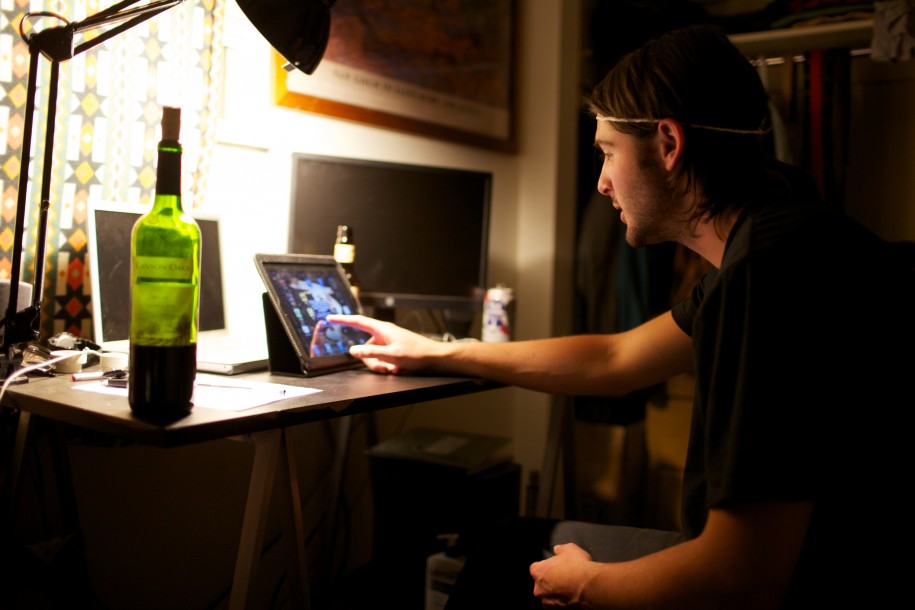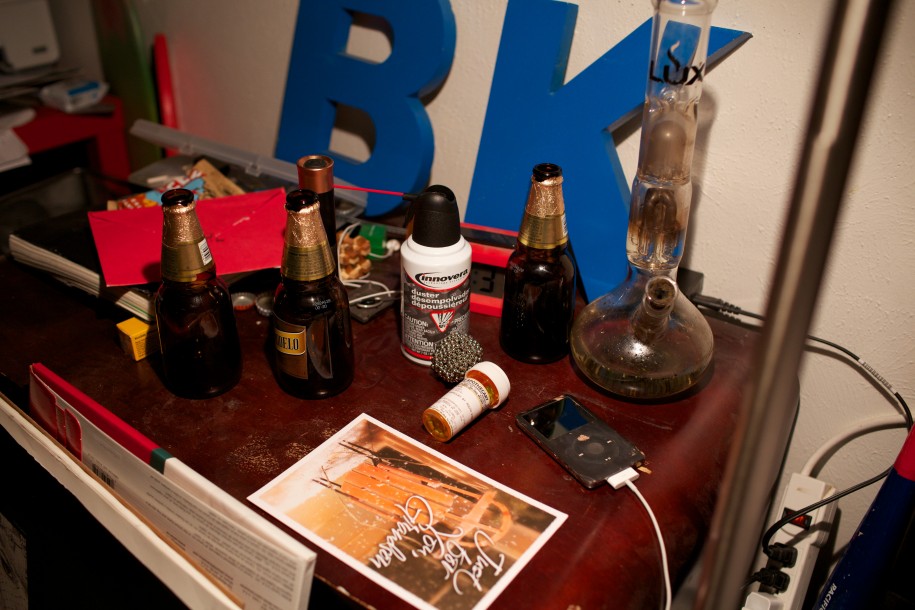Story
ADHD medication (Adderall, Ritalin, Concerta, Focalin, Vyvanse) is considered to make the best “study drug”, as their main component is amphetamine crystals which will help students focus better and work longer. In College, the demand rises around exam time, which leads to a black market, probably similar in traffic to that of weed. Pills will be sold around 5$, depending on the brand, and the dosage. Some students will bulk sell their entire 30 pill prescription of the month.
According to a 2008 national Survey, 9% of the population under 18 years old is diagnosed with ADHD in the United States, the highest in the world. Half of them are treated with medication. When reaching College those 4,5% of the population will be inflated by additional numbers of illegal and occasional users. Depending on frequency and regularity of use, numbers range from 4 to 30% of the College population using ADHD medication.
Beyond its use in the academic contest, ADHD medication has also become an important party drug. A cheap and reliable (i.e. factory produced) alternative to cocaine, especially in parts of the country where supply might not be of the best quality, as here in Boulder, Colorado. Crushed and sniffed pills will have a stronger and more immediate effect (yet shorter lived).
Side effects range from “sudden death” indicated on the medication instruction, to -more commonly- loss of sleep and loss of appetite (under most medication their will be no feeling of hunger nor of thirst). The agitation produced by the amphetamine can prevent the person from actually focusing, or the person can end up focusing on the wrong thing (cleaning the house instead of doing homework, for example).
The black market for ADHD medication comes from prescriptions sold or partially sold by diagnosed students. In a College such as UC Boulder, there is an in-house medical center (Wardenburg Health Center), where doctors can make diagnoses, and where prescriptions will be filled. Prescriptions from the students’ home doctors can be filled there as well.
According to a 2008 national Survey, 9% of the population under 18 years old is diagnosed with ADHD in the United States, the highest in the world. Half of them are treated with medication. When reaching College those 4,5% of the population will be inflated by additional numbers of illegal and occasional users. Depending on frequency and regularity of use, numbers range from 4 to 30% of the College population using ADHD medication.
Beyond its use in the academic contest, ADHD medication has also become an important party drug. A cheap and reliable (i.e. factory produced) alternative to cocaine, especially in parts of the country where supply might not be of the best quality, as here in Boulder, Colorado. Crushed and sniffed pills will have a stronger and more immediate effect (yet shorter lived).
Side effects range from “sudden death” indicated on the medication instruction, to -more commonly- loss of sleep and loss of appetite (under most medication their will be no feeling of hunger nor of thirst). The agitation produced by the amphetamine can prevent the person from actually focusing, or the person can end up focusing on the wrong thing (cleaning the house instead of doing homework, for example).
The black market for ADHD medication comes from prescriptions sold or partially sold by diagnosed students. In a College such as UC Boulder, there is an in-house medical center (Wardenburg Health Center), where doctors can make diagnoses, and where prescriptions will be filled. Prescriptions from the students’ home doctors can be filled there as well.

